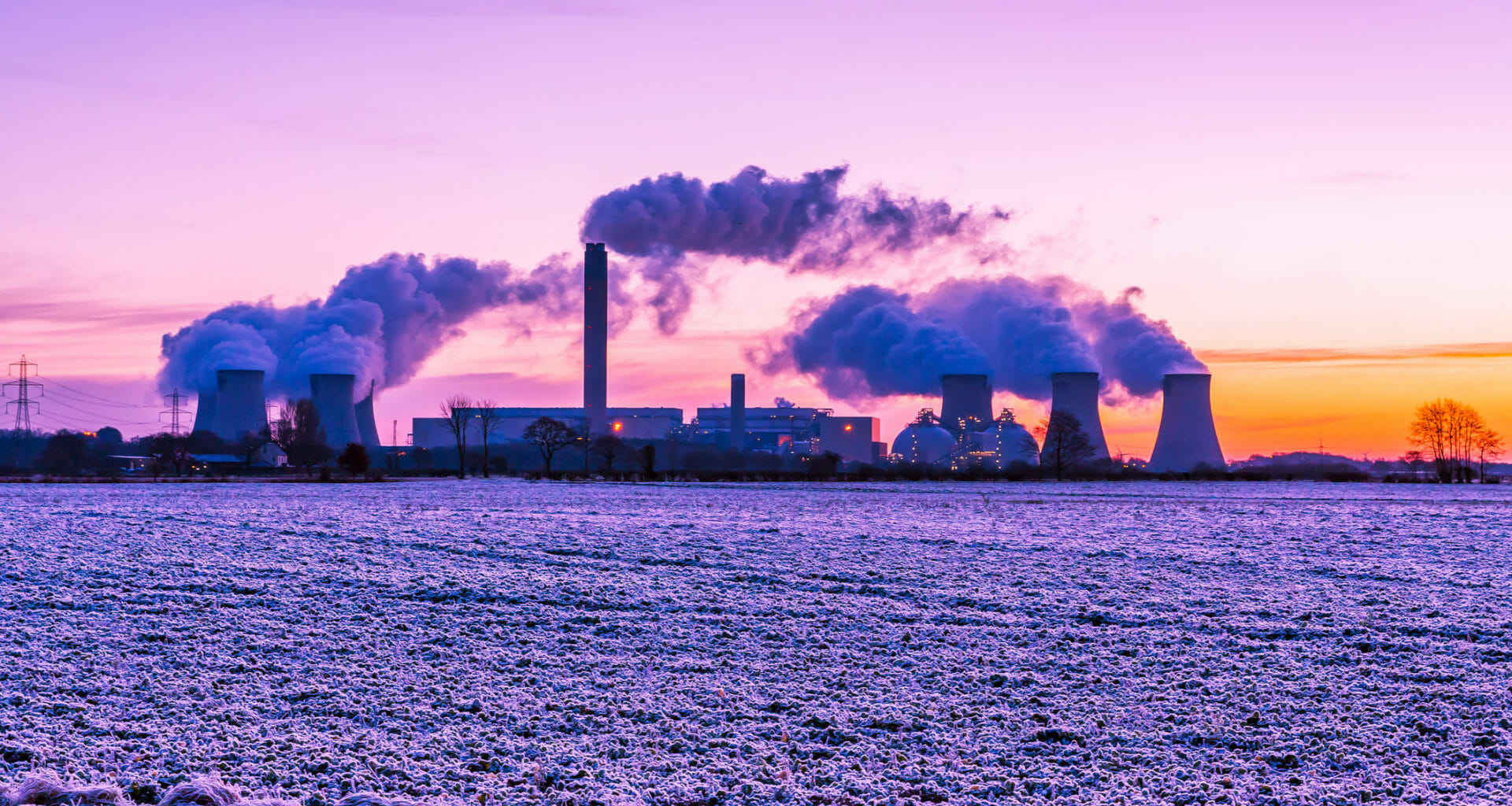Carbon capture has been heralded by some as an important technological solution to the climate crisis.
As COP26 continues in Glasgow, the potential impact of carbon capture and storage in reducing emissions is in the spotlight.
Ferret Fact Service looked at how it works, and whether carbon capture is actually a viable solution.

What is carbon capture and storage?
Carbon capture and storage (CCS) is the process of capturing carbon from processes which usually pump it into the atmosphere. This carbon is then transported from where it was captured and stored in a safe location, often deep underground.
How is carbon captured?
Carbon can be captured in many large scale processes, such as power plants and natural gas processing. There are a few different ways to do this. Capture can be done after fossil fuels are burned by removing CO2 from the exhaust (or flue) gases which are usually released into the air.
There are also methods to capture carbon pre-combustion, where CO2 is trapped before the fuel is burned through processes called ‘gasification’ or ‘reforming’. This is when the fuel is partially burned and turned into a synthetic gas from which CO2 can be captured.
Finally, a process called oxyfuel where the fuel is burned in oxygen instead of air, which leaves exhaust gases that mainly contain CO2 and water. When the water cools and condenses, the remaining C02 can be captured.
What impact can it have?
Current CCS technology aims to remove 90 per cent of carbon emissions where it is used. This has the potential to have a significant impact on emissions from fossil fuel production, thus reducing the environmental impact of the energy sector.
Emissions from fossil fuels accounted for 89 per cent of human-caused carbon emissions in 2018, according to the Intergovernmental Panel on Climate Change (IPCC), so controlling the emissions from the processing of fossil fuels would have a positive effect.
Governments around the world are investing heavily on CCS as a way to meet their emissions targets and reach net zero, and the technology is backed by the oil and gas industry.
According to the Center for Climate and Energy Solutions, there are currently 26 large-scale carbon capture projects in use globally, with 34 more in different stages of development.
What are the drawbacks of carbon capture?
Some environmental campaigners have raised questions about the technology.
One issue is the slow progress in getting carbon capture facilities ready. While it has been trumpeted as one of the major tech solutions for the climate crisis, the amount of CO2 currently captured by CCS is small.
Currently operating CCS facilities have the capacity to capture about 40 million tonnes of CO2 each year. The latest global figure for fossil fuel CO2 emissions (2020) was 34 billion tonnes.
Many countries’ climate change plans rely heavily on carbon capture, but some analysts have questioned whether this is a realistic and effective use of environmental budgets that could be spent on renewable energy sources, for example.
The cost of carbon capture development and getting CCS facilities to commercial levels has been criticised.
Another issue is that most of the carbon capture projects won’t be in operation until the next decade. Scientists say significant carbon reductions are required this decade if the world is to reduce global temperature increase.
Currently, much of the carbon captured is being used in enhanced oil recovery (EOR). This is where oil companies use CO2 to obtain oil from previously unreachable reservoirs. Critics argue that this actually exacerbates overall climate change, as it allows more oil to be accessed which is then burned, adding to emissions, despite reducing carbon released during extraction.
There are also fears that carbon capture will be used as a way for countries with heavy fossil fuel production to continue to extract and sell them, which would hamper global attempts to reduce emissions.
Fears have been raised of the potential danger of CO2 leaking from the underground areas it is stored, either gradually or suddenly.
Is it happening in Scotland?
The Scottish Government’s climate change plan suggests that CCS may play a significant part in attempts to reduce emissions.
It includes what are known as negative emissions technologies (NETs) which include carbon capture and storage.
The primary carbon capture methods which the Scottish Government says could help with emissions reduction are use of biomass to generate electricity alongside CCS, and CCS used in the production of hydrogen. The climate change plan notes that the “strategy for delivering NETs will be built around our support for a flexible and adaptable CCS system in Scotland”.
One of the parts of Scotland’s plan was the use of carbon capture and storage in a facility called the Acorn project, which aimed to be operating by 2024 and to be capturing 10 million tonnes of CO2 per year by 2030, storing it in old oil and gas reservoirs in the North Sea. The Acorn Project’s own estimates predicted that 5 to 6 million tonnes of CO2 will be stored by 2030, leading campaigners to describe the Scottish Government’s figures as “speculative”.
This project was not given expected UK Government backing, and will now likely not be developed until the second phase of UK carbon capture by 2030.
Ferret Fact Service (FFS) is a non-partisan fact checker, and signatory to the International Fact-Checking Network fact-checkers’ code of principles.
All the sources used in our checks are publicly available and the FFS fact-checking methodology can be viewed here.
Want to suggest a fact check?
Email us at factcheck@theferret.scot or join our Facebook group.
Photo thanks to iStock/Coatesy.














